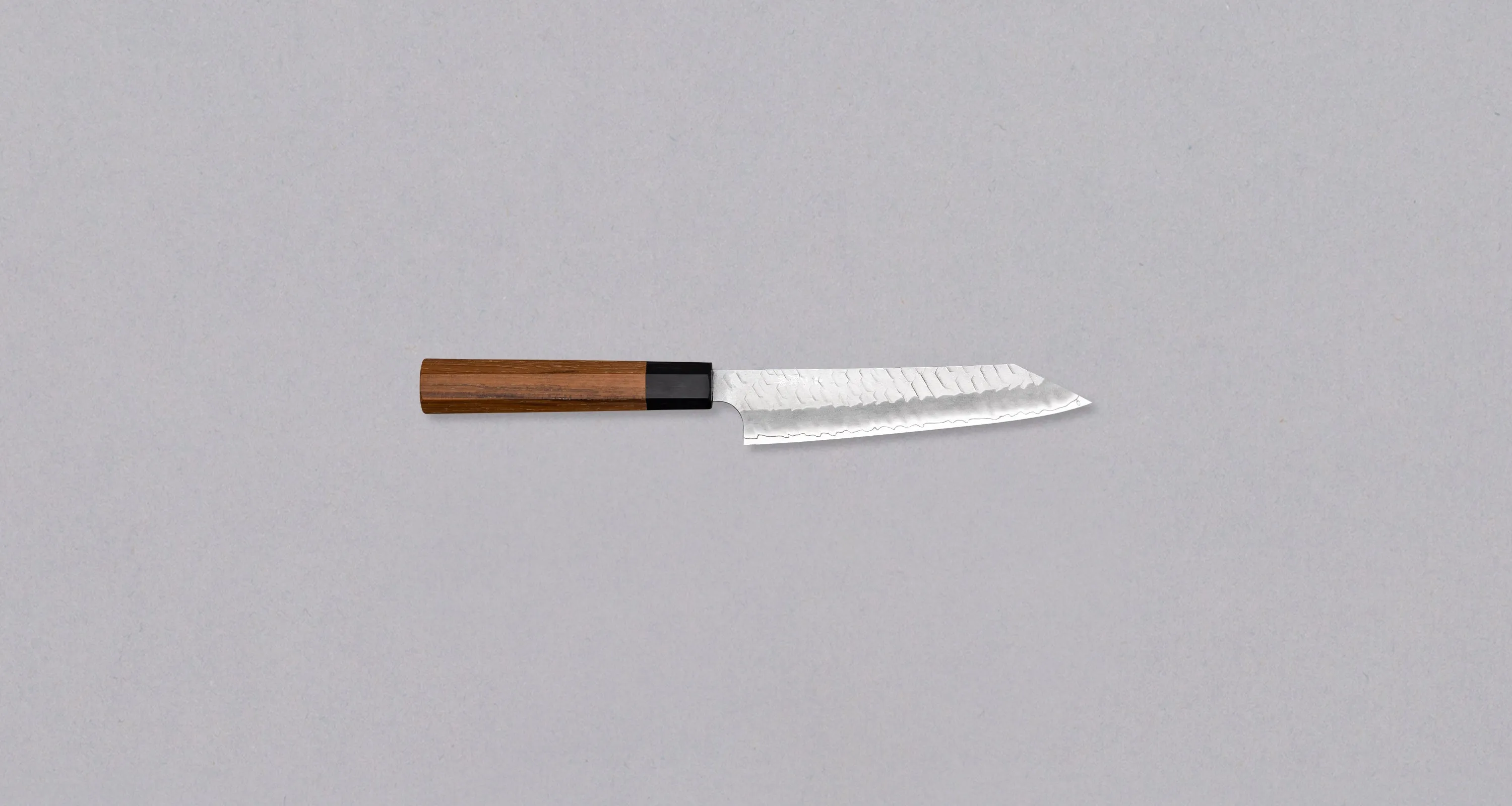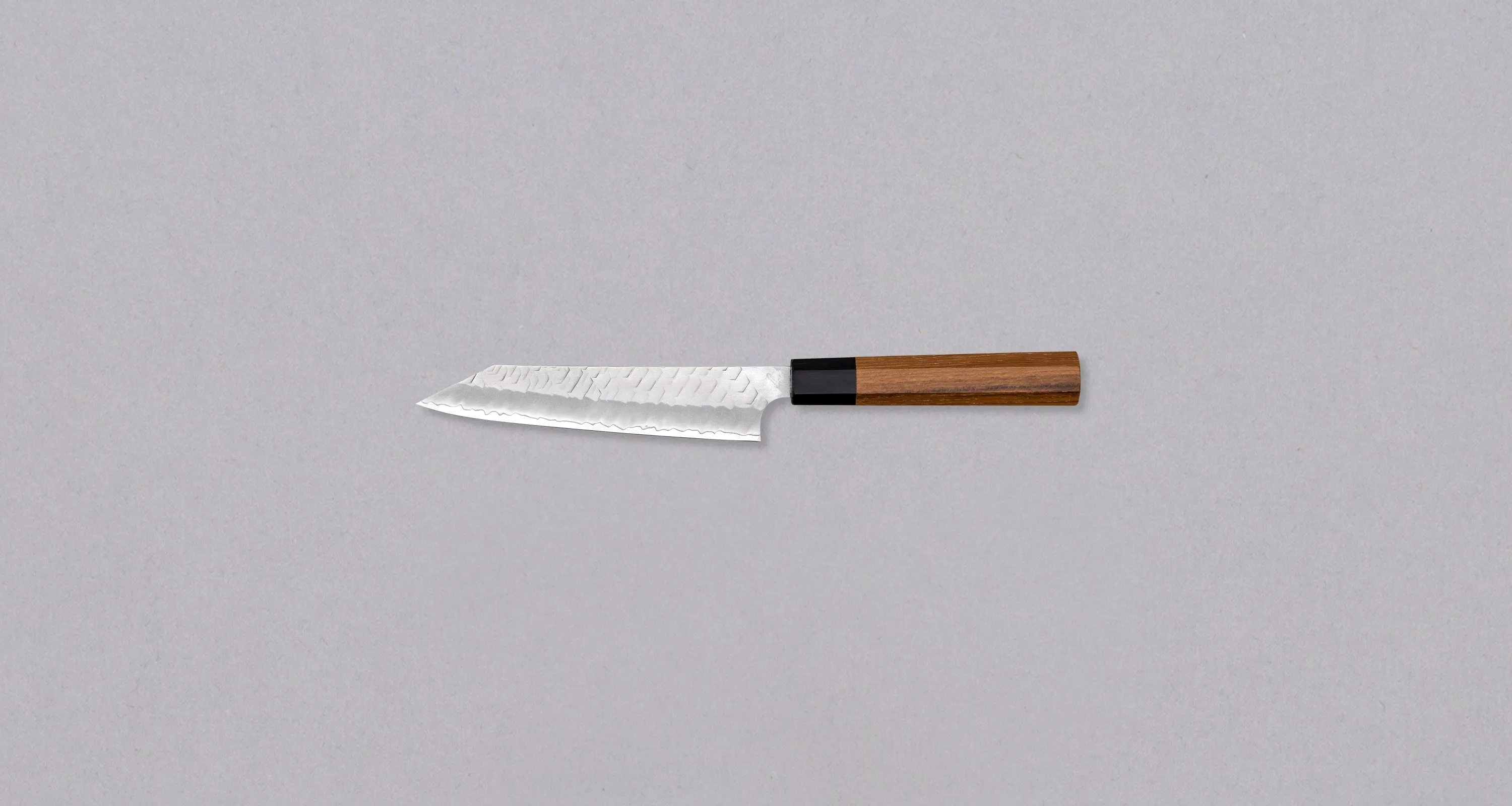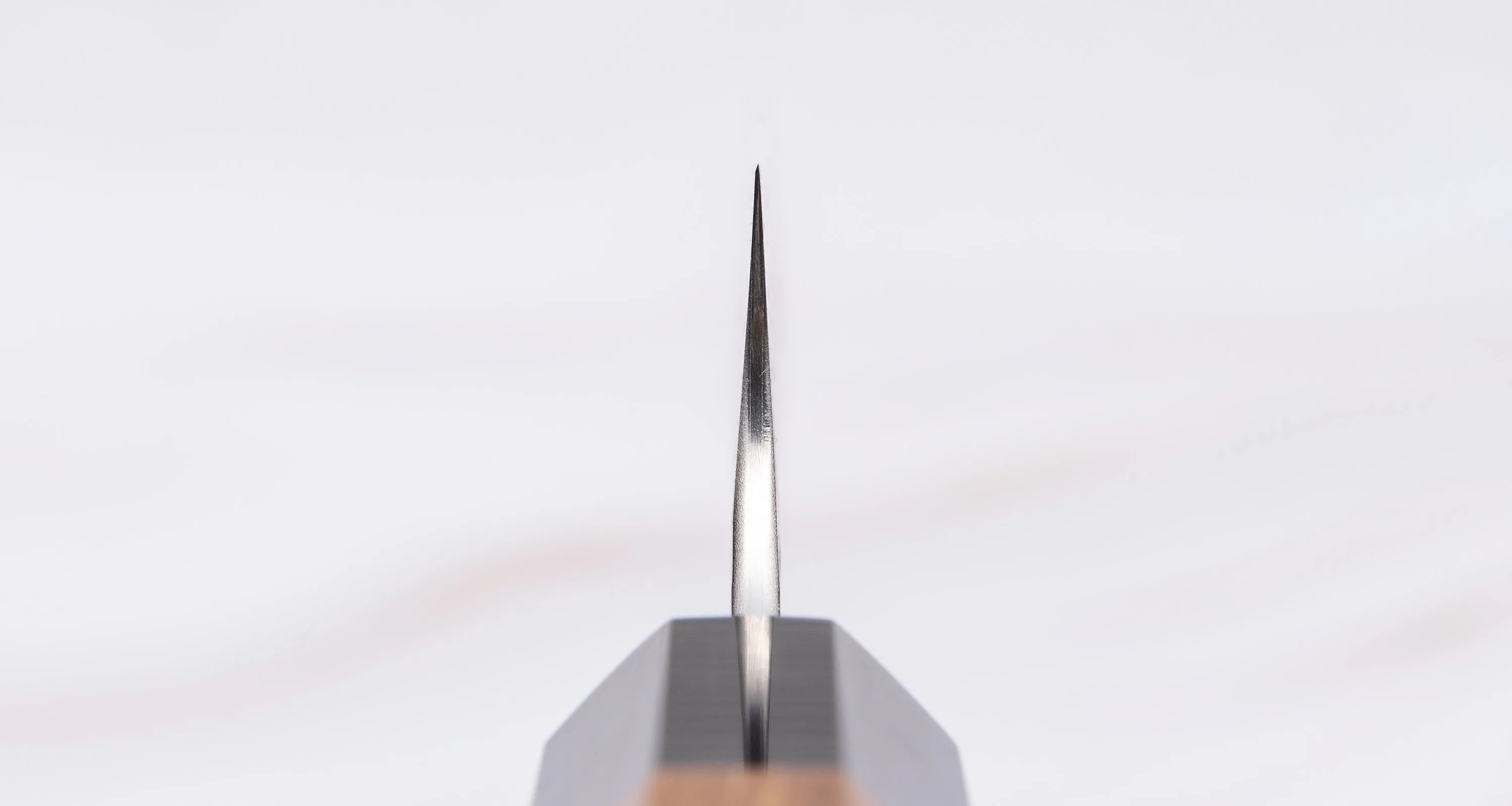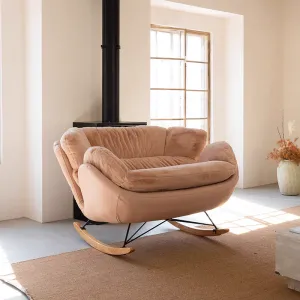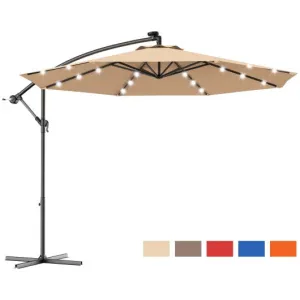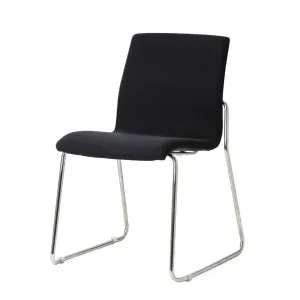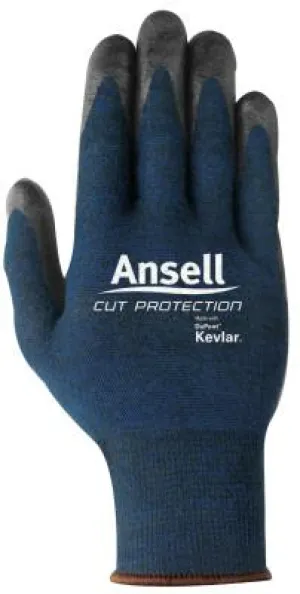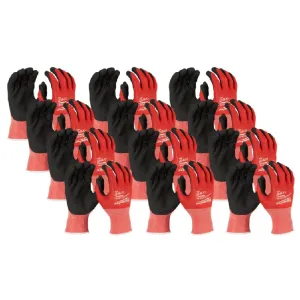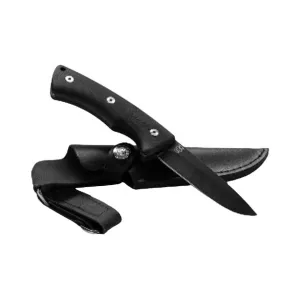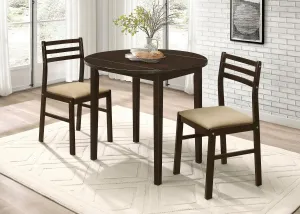Nigara Petty SG2 Tsuchime Wa 150mm is a small Japanese kitchen knife, intended for all those smaller tasks where larger and wider knives are deemed unwieldy. Aside from excelling at usual tasks, such as peeling, paring and other in-hand cutting, you can use it for some heavier work as well. Light butchering, poultry deboning and fish filleting are completely within its reach (🚨 Just keep in mind that it's still an extremely hard knife, so cutting through bones and joints is out of the question!). The pronounced “K-tip” proves very useful with fine, decorative work with vegetables and fruit, as well as with trimming and skinning, as it’s great for piercing through the skin.
Its core is made of SG2 powder steel, ensuring long-lasting sharpness while requiring minimal maintenance. The steel's excellent corrosion resistance makes it a reliable choice for kitchen use. The convex grind geometry of the blade, combined with the unique hammer strokes, ensures that ingredients do not stick to the blade during cutting, allowing for faster and more precise work.
BLADE SHAPE:
are designed for smaller tasks on and off the cutting board. It's an indispensable knife in any kitchen and can be used for peeling, mincing, paring and decorating food. The blade is finished with a "K-tip" tip, typical of Japanese swords and daggers. Petty or utility knives are basically a smaller version of gyutos or chef's knives. Due to the length of the blade, it can also be used as a stand-alone knife if you are not comfortable with longer blades. A must-have knife in every kitchen!
Use for: peeling, trimming, garnishing, carving, chopping herbs, chopping garlic, slicing small pieces of dried meat, trimming meat, filleting small portions of fish, and similar tasks.
*The length of the cutting edge is 141mm (heel to point), but with this knife the length is measured from the edge of the handle to the tip of the blade, amounting to 150mm.
STEEL:
, renowned for its hardness and subsequent edge retention—due to a high carbon (C) content of 1.5%. The steel is also high in chromium (Cr)—around 15%, which adds to corrosion resistance and Molybdenum (Mo) that improves the blade’s wear resistance. SG2 steel blades will be able to achieve a fine sharpness due to the fine microstructure of the steel and will keep it—without having to worry about maintenance and corrosion.
LAMINATION:
A high hardness of around 64 HRC means that the blade won’t be very tough, so the blade’s core was laminated using the to improve its structural integrity and subsequent ability to withstand impacts and prevent chipping. San-mai translates to “three layers” in Japanese, referring to a blade that is composed of a primary, inner layer of harder steel (hagane) and of two secondary, outer layers of softer steel (jigane) that protect the prior.
GEOMETRY:
It has a . Hamaguri grind allows superior sharpness that requires delicate handling and helps to prevent food from sticking to the blade. Such a shape keeps a lot of metal behind the edge and makes for a stronger edge, yet it still allows a good degree of sharpness. The downside to a convex grind is that it is very hard to reproduce by anyone other than a very experienced sharpener.
BLADE FINISH:
The surface of the blade was treated with a special textured hammer, leaving complex geometric . The Japanese hexagon hammered finish on knives is a stunning technique that involves skillfully hammering the blade's surface to create captivating hexagonal indentations.
The tsuchime surface helps to reduce friction and prevents food from sticking to the blade during cutting. The textured surface creates small air pockets which allow for smoother and more precise cutting.
|
In Japan, the hexagon is prized for its aesthetic appeal and structural stability in traditional arts, crafts, and architecture. It is found in various artistic forms and is also used in the design of Shinto torii doors and modern buildings. The hexagonal shape of the kasagi in torii doors represents the belief in strength and stability associated with the number six. |
HANDLE:
The Japanese handle (Wa) is made of teak wood with a buffalo horn ferrule. Suitable for both left and right-handed users. With the choice of the shape and the wood, the handle embodies a simple Japanese aesthetic.
BLACKSMITH:
has a 350-year history, making swords since the Edo period. Head blacksmith Tsuyoshi Yoshizawa, who works alongside his father Toshi Yoshizawa, is an eighth generation blacksmith with a passion for art and music as well as knives, and his famous Nigara Anmon design is the result of his love of Andy Warhol’s artwork. Nigara is easily one of the most special knife makers in Japan.




